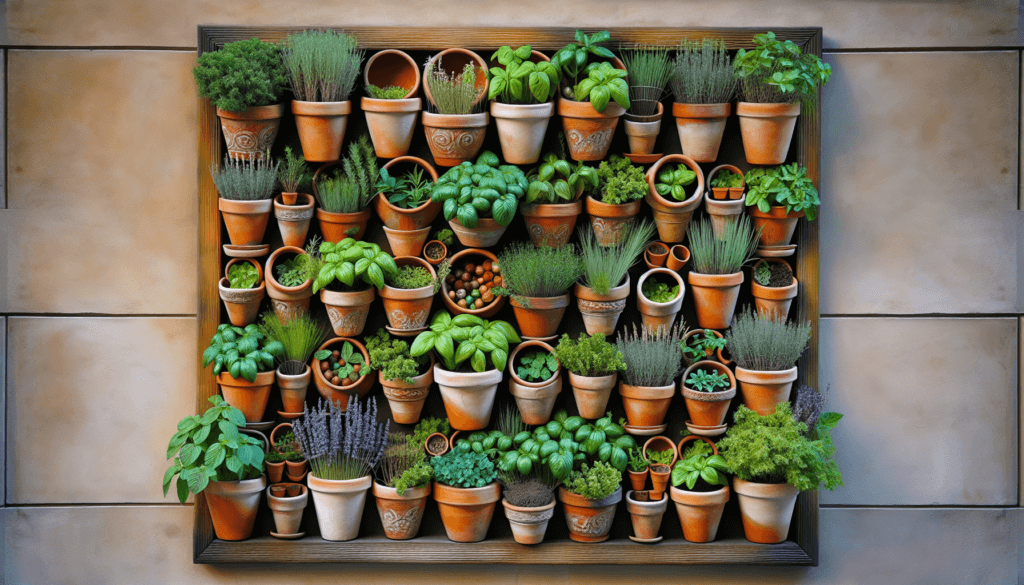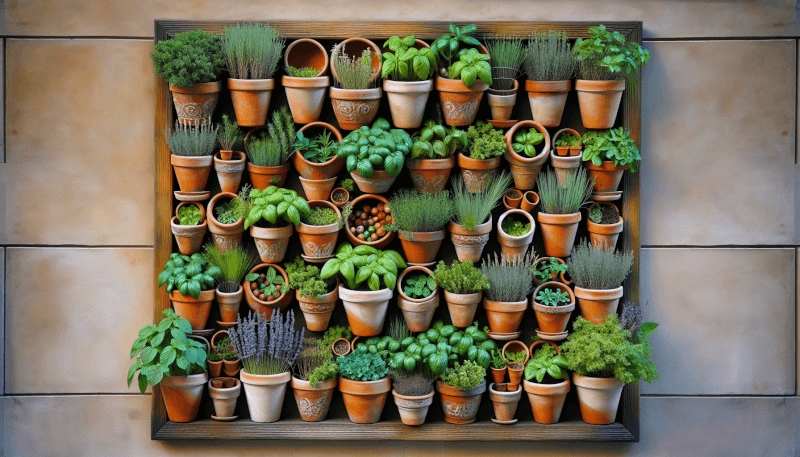Imagine having a beautiful and fragrant herb garden right at your fingertips, where you can effortlessly pluck fresh basil, rosemary, and mint to enhance any dish you’re cooking. In this article, we will show you the simple steps to create your very own DIY herb garden. Whether you have a small balcony or a spacious backyard, you’ll discover that growing your own herbs is not only easy but also rewarding. With just a few tools and a little TLC, you’ll soon be enjoying the flavors and scents of your very own herb garden. So, let’s get started and bring the joy of gardening right to your doorstep!
Choosing the Right Location
Assessing Sunlight Requirements
When choosing a location for your DIY herb garden, it is important to consider the sunlight requirements of the herbs you intend to grow. Most herbs thrive in full sunlight, which is typically defined as at least six hours of direct sunlight each day. However, there are some herbs that can tolerate partial shade. Assess the amount of sunlight your chosen location receives throughout the day and match it with the sunlight requirements of the herbs you plan to grow.
Considering Climate and Weather Conditions
Another crucial factor to consider when selecting a location for your DIY herb garden is the climate and weather conditions in your area. Different herbs have different preferences when it comes to temperature and humidity levels. Some herbs thrive in warm climates, while others prefer cooler temperatures. Take into account the average temperature range and rainfall patterns in your area, and choose herbs that are well-suited to your climate.
Identifying Available Space
The available space you have will determine the size and scale of your DIY herb garden. If you have a large area to work with, you can consider planting herbs in a traditional in-ground garden. On the other hand, if space is limited, you can opt for a container garden, where herbs are planted in pots or other suitable containers. Assess your available space and choose a garden design that fits within these constraints.
Evaluating Accessibility and Convenience
When choosing the location for your DIY herb garden, it is important to consider accessibility and convenience. You will be spending time tending to your garden, so it is important to choose a location that is easy to access. Consider proximity to your kitchen or outdoor living space, as well as the ease of watering and maintaining your herbs in the chosen location. This will make it more convenient for you to harvest fresh herbs whenever you need them.
Selecting Suitable Herbs
Determining Herb Preferences
Before selecting the herbs for your DIY garden, it is important to determine your herb preferences. Consider the herbs you frequently use in cooking or those that have health benefits you are interested in. This will help narrow down the list of herbs you want to grow. Additionally, think about the flavors and aromas you enjoy and choose herbs that align with your taste preferences.
Considering Growing Requirements
Different herbs have different growing requirements, and it is important to consider these when selecting the herbs for your DIY garden. Some herbs, such as basil and cilantro, prefer moist soil, while others, like rosemary and thyme, prefer well-drained soil. Additionally, some herbs may require regular pruning or specific fertilization schedules. Evaluate the growing requirements of each herb and choose those that align with your gardening abilities and resources.
Researching Health Benefits
Herbs are not only flavorful additions to your dishes but also have a variety of health benefits. Before selecting the herbs for your DIY garden, take the time to research the health benefits associated with each herb. For example, mint is known for its digestive properties, while chamomile has calming effects. By incorporating herbs with specific health benefits into your garden, you can enhance your culinary creations and promote your well-being.
Exploring Culinary Uses
In addition to their health benefits, herbs offer culinary versatility and can elevate the flavors of your dishes. Take the time to explore the culinary uses of different herbs. For instance, basil is commonly used in Italian cuisine, while cilantro is a staple in Mexican dishes. Consider the cuisines you enjoy and choose herbs that complement those flavors. This will allow you to experiment with new recipes and add a touch of freshness to your meals.

Deciding on Garden Design
Opting for Container or In-ground Garden
When deciding on the design of your DIY herb garden, you have the option to choose between a container garden or an in-ground garden. Container gardens are a great choice for small spaces or areas where the soil quality is poor. They also offer the flexibility to move your herbs around if needed. In-ground gardens, on the other hand, provide a more traditional and permanent solution. Assess your available space and gardening goals to determine which option is best for you.
Designing Vertical or Hanging Garden
If space is limited, you can consider designing a vertical or hanging herb garden. Vertical gardens utilize walls or structures to grow herbs vertically, saving space and creating a unique visual display. Hanging gardens involve suspending herbs from overhead structures or using specialized containers to hang them. These designs can be both functional and aesthetically pleasing, transforming small spaces into flourishing herb gardens.
Planning Companion Planting
Companion planting is the practice of growing different plants together, benefiting each other in various ways. When planning your DIY herb garden, consider incorporating companion plants alongside your herbs. Some plants, such as marigolds, can repel pests, while others, like borage, attract beneficial insects. Research companion planting combinations that work well with your chosen herbs to create a harmonious and thriving garden.
Considering Aesthetics and Theme
Your DIY herb garden can be an opportunity to express your creativity and design aesthetic. Consider the overall theme or style you want to achieve in your garden. Do you prefer a rustic herb garden with wooden accents, or a modern and sleek design? Choose herbs that not only fit your culinary and health needs but also complement your desired garden aesthetic. By considering aesthetics, you can create a visually pleasing and cohesive herb garden.
Preparing the Soil
Testing Soil Composition and pH levels
Before planting your herbs, it is important to test the soil composition and pH levels. Different herbs have different soil preferences, and it is crucial to provide them with the right growing conditions. Testing the soil can help determine its composition, including the presence of clay, silt, or sand. Additionally, measuring the pH levels can indicate whether the soil is acidic, neutral, or alkaline. Based on the results, you can make any necessary amendments to ensure optimal growing conditions for your herbs.
Amending the Soil with Compost or Organic Matter
To improve the soil quality and provide essential nutrients to your herbs, it is recommended to amend the soil with compost or organic matter. Compost adds organic material to the soil, improving its structure and enhancing its ability to retain water and nutrients. Organic matter, such as well-rotted manure or leaf mold, can also be beneficial in enriching the soil. Incorporate these amendments into the soil prior to planting to create a fertile environment for your herbs to thrive in.
Improving Drainage
Proper drainage is essential for the health and growth of your herbs. If the soil in your chosen location has poor drainage, it can lead to root rot and other issues. To improve drainage, consider adding organic matter or coarse sand to the soil. These amendments help break up heavy clay soil and increase its ability to drain excess water. Adequate drainage ensures that your herbs’ roots have access to oxygen and prevents waterlogged conditions that can harm their growth.
Remedying Soil Deficiencies
Soil deficiencies can hinder the growth of your herbs and affect their overall health. Common soil deficiencies include nitrogen, phosphorus, and potassium. These essential nutrients play vital roles in various metabolic processes within plants. If your soil is deficient in these nutrients, consider using organic or synthetic fertilizers to address the deficiencies. Additionally, certain herbs may have specific nutrient requirements, so it is important to research the individual needs of the herbs you plan to grow.
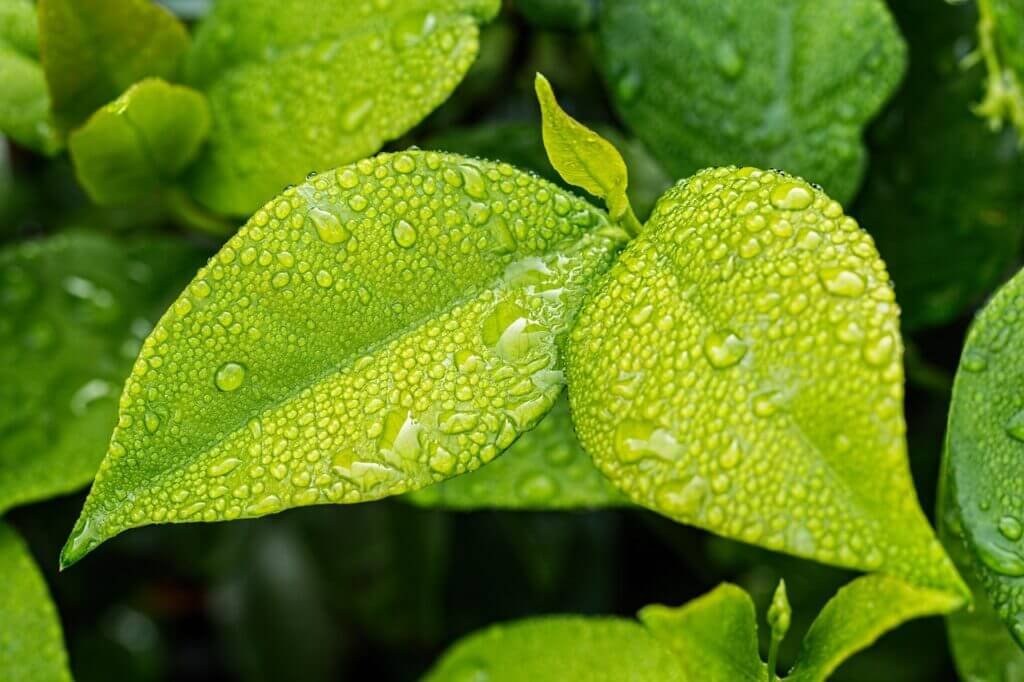
Obtaining Herb Seeds or Seedlings
Choosing Between Seeds or Seedlings
When starting your DIY herb garden, you have the option to either grow herbs from seeds or purchase seedlings. Growing herbs from seeds allows you to have a wider variety of herb options and can be a rewarding experience. However, it requires more time and patience as you wait for the seeds to germinate and seedlings to grow. If you prefer a quicker start, purchasing seedlings from local nurseries or garden centers is a convenient option.
Selecting High-Quality Seeds
If you decide to grow herbs from seeds, it is important to select high-quality seeds. Look for reputable seed suppliers or brands that provide seeds with a high germination rate. Check for the expiration date on the seed packets to ensure freshness. Additionally, consider choosing heirloom or organic seeds if you prefer to grow herbs with specific characteristics or avoid chemicals. High-quality seeds will give you a better chance of successful germination and healthy herb growth.
Finding Local Nurseries or Garden Centers
Local nurseries or garden centers can be excellent resources for obtaining herb seedlings or additional gardening supplies. Research and visit nurseries in your area to explore the variety of herbs they offer. Speak with knowledgeable staff who can provide guidance on herb selection, growing tips, and answer any questions you may have. Supporting local nurseries also benefits your community and allows you to connect with fellow gardening enthusiasts.
Growing Herbs from Cuttings
Another way to obtain herb plants for your DIY garden is by growing them from cuttings. Many herbs, such as basil, rosemary, and mint, can be propagated from cuttings. This method involves taking a stem or leaf cutting from an existing herb plant and encouraging it to grow roots. By harvesting cuttings from a healthy herb, you can create new plants that are genetically identical. This is a cost-effective and sustainable way to expand your herb garden and share plants with friends and family.
Planting and Transplanting Herbs
Determining Optimal Planting Time
The optimal planting time for herbs varies depending on the specific herb and the climate in your area. Some herbs, like basil and cilantro, are sensitive to frost and prefer warm soil. Others, such as thyme and rosemary, are more cold-tolerant. Research the recommended planting time for each herb to ensure successful growth. It is also important to consider your local frost dates to prevent damage to your herbs.
Preparing Containers or Garden Beds
Before planting your herbs, it is important to prepare your containers or garden beds. For container gardening, choose pots or other suitable containers with drainage holes. Fill them with a well-draining potting mix that is specifically formulated for herbs. For in-ground gardening, clear the area of any weeds or grass, and loosen the soil with a garden fork or tiller. Prepare the soil by incorporating compost or organic matter to improve its fertility.
Sowing Herb Seeds Properly
When sowing herb seeds, it is important to follow the specific instructions for each herb. Some seeds need to be sown directly into the soil, while others require surface sowing or light covering. Read the seed packets carefully to determine the appropriate planting depth and spacing for each herb. Ensure that the soil is adequately moist and provide consistent watering during the germination period. This will give your seeds the best chance of successful germination.
Transplanting Seedlings with Care
If you are planting herb seedlings, it is important to handle them with care to minimize transplant shock. Gently remove the seedlings from their containers, being mindful of their delicate roots. Dig a hole in the soil that is slightly larger than the root ball of the seedling. Place the seedling in the hole and backfill with soil, firming it gently around the roots. Water the seedlings thoroughly after transplanting to help them establish in their new environment.
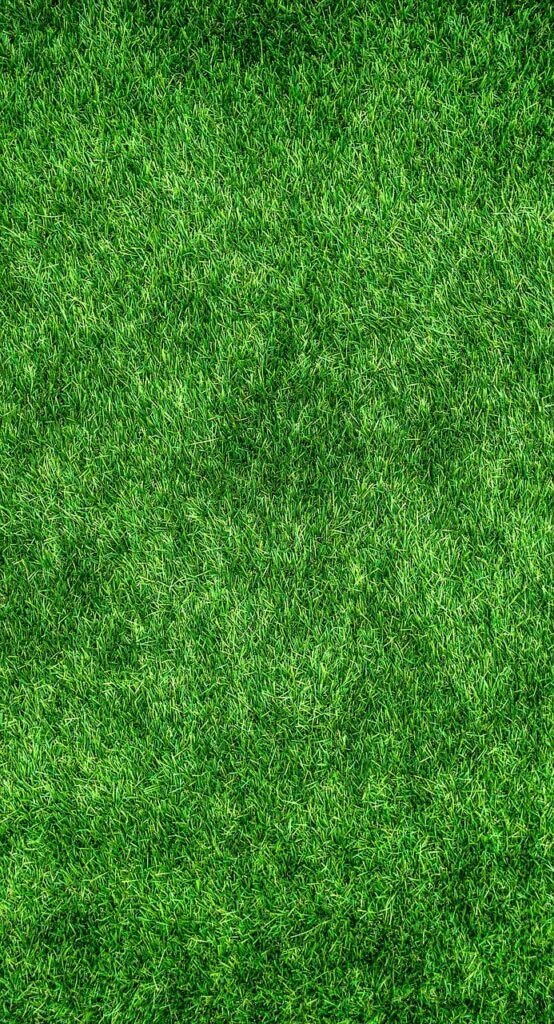
Maintaining the Herb Garden
Watering Herbs Adequately
Proper watering is crucial for the health and growth of your herbs. Most herbs prefer consistently moist but well-drained soil. Check the moisture levels of the soil regularly by inserting your finger about an inch into the soil. If it feels dry, it is time to water. Avoid overwatering, as it can lead to root rot. Instead, provide deep, thorough watering sessions that penetrate the root zone. Mulching around your herbs can also help retain moisture in the soil.
Protecting from Pests and Diseases
Just like any garden, herb gardens are susceptible to pests and diseases. Keep an eye out for common herb pests, such as aphids, spider mites, or snails, and take appropriate measures to control them. This can include using organic pest control methods, installing barriers, or monitoring with companion plants. Additionally, practicing good garden hygiene, such as removing debris and addressing any signs of disease, can help prevent the spread of infections and ensure the health of your herbs.
Pruning and Harvesting Techniques
Pruning your herbs is essential for maintaining their shape, promoting bushier growth, and preventing them from becoming leggy. Regularly inspect your herbs and remove any dead or yellowing leaves. Pinch back the tips of your herbs to encourage branching and prevent them from bolting. Harvesting your herbs at the right time is also important. Generally, it is best to harvest herbs in the morning when the essential oils are at their peak. Use sharp scissors or pruning shears to ensure clean cuts and avoid damaging the plants.
Fertilizing Herb Plants
To ensure the optimal health and growth of your herbs, it may be necessary to fertilize them. Organic fertilizers, such as compost or well-rotted manure, are excellent choices for providing nutrients to your herbs. Apply the fertilizers according to the recommended rates and frequency for each specific herb. Avoid overfertilizing, as it can lead to excessive leaf growth and a decrease in the flavor and aroma of the herbs. Regularly monitor the appearance and growth of your herbs to determine if additional fertilization is necessary.
Addressing Common Issues
Dealing with Overwatering or Underwatering
Overwatering and underwatering are common issues that can affect the health of your herbs. Overwatering can lead to root rot and other moisture-related diseases, while underwatering can cause wilting and stunted growth. To address overwatering, allow the soil to dry out between waterings and adjust your watering schedule accordingly. If you are experiencing underwatering, increase the frequency and volume of your watering sessions. By finding the right balance, you can ensure adequate hydration for your herbs.
Managing Herb Diseases and Pests
Herb diseases and pests can hinder the growth and productivity of your garden. Common herb diseases include powdery mildew, root rot, and fungal infections. To manage these issues, practice good garden hygiene, ensuring proper spacing between plants and removing any infected or diseased parts promptly. For pest control, consider using natural alternatives such as neem oil or insecticidal soap. Regularly inspect your herbs for signs of disease or pests, and take immediate action to prevent further damage.
Mitigating Soil Imbalances
Soil imbalances can negatively impact the growth and health of your herbs. Common imbalances include nutrient deficiencies and pH extremes. To mitigate nutrient deficiencies, provide appropriate organic or synthetic fertilizers based on the specific needs of your herbs. Adjusting the pH levels of your soil may be necessary if it is too acidic or alkaline. This can be done by incorporating organic matter or using amendments specific to balancing pH. Regular soil testing can help identify and address any imbalances, ensuring a fertile environment for your herbs.
Identifying and Troubleshooting Plant Problems
Sometimes, despite your best efforts, your herb plants may encounter issues. It is important to regularly inspect your herbs for any signs of distress or abnormalities. These can include yellowing leaves, stunted growth, or discoloration. Identifying the cause of the problem is crucial in finding the appropriate solution. Research potential causes and seek advice from gardening resources or professionals if needed. Troubleshooting plant problems promptly can help prevent further damage and ensure the continued growth and productivity of your herb garden.
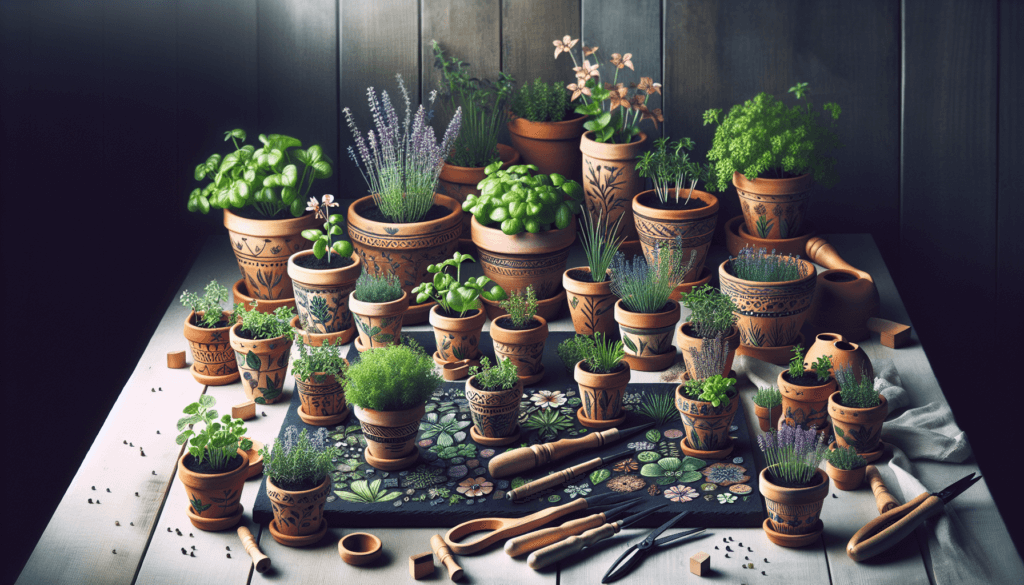
Growing Herbs Indoors
Choosing Suitable Containers
Growing herbs indoors provides an opportunity to enjoy fresh herbs year-round, regardless of the outdoor climate. When growing herbs indoors, it is important to choose suitable containers. Select pots or containers with good drainage to prevent waterlogging. The size of the containers should be appropriate for the mature size of the herb plants. Consider using containers made of materials that retain moisture, such as ceramic or terracotta, to help regulate humidity levels.
Providing Sufficient Lighting
When growing herbs indoors, providing sufficient lighting is critical for their growth and development. Most herbs require at least six hours of direct sunlight each day. Place your indoor herb garden near a sunny window or use artificial grow lights to supplement natural sunlight. LED grow lights are energy-efficient and provide the full spectrum of light necessary for healthy herb growth. Position the lights close to the plants, keeping them on for 10-14 hours per day to mimic natural daylight.
Maintaining Proper Temperature and Humidity
Indoor herb gardens require consistent temperature and humidity levels for optimal growth. Most herbs prefer temperatures between 60-75°F (15-24°C), similar to room temperature. Avoid placing your herbs near drafts or extreme temperature fluctuations. Additionally, herbs generally prefer higher humidity levels. To increase humidity, you can group your herb plants together or place them on trays filled with water. Regularly misting the leaves can also help maintain adequate humidity levels.
Paying Attention to Indoor Air Circulation
Proper air circulation is vital for the health of your indoor herb garden. Stagnant air can lead to the development of fungal diseases and pests. Place your indoor herb garden in a well-ventilated area to ensure adequate air circulation. If necessary, use fans to keep the air moving and prevent the buildup of moisture. Open windows or use exhaust fans to promote fresh air exchange. Good air circulation will help prevent the development of plant issues and ensure the overall well-being of your indoor herbs.
Harvesting and Preserving Herbs
Harvesting Herbs at the Right Time
Harvesting your herbs at the right time is crucial to ensure optimal flavor and aroma. Most herbs are best harvested before they flower, as this is when their essential oils are most concentrated. Harvesting in the morning, after the dew has dried but before the sun is at its peak, is recommended. Use sharp scissors or pruning shears to make clean cuts just above leaf nodes or branching points. Regularly harvest your herbs to encourage continuous growth and prevent them from becoming too woody or leggy.
Proper Techniques for Preservation
Preserving your harvested herbs allows you to enjoy the flavors and benefits of your garden throughout the year. There are several methods for preserving herbs, including drying, freezing, and infusing in oil or vinegar. Each method requires specific techniques to ensure quality and longevity. Research and choose the preservation method that best suits your preferred culinary uses and storage capabilities.
Different Methods of Drying Herbs
Drying herbs is a popular method of preservation that allows you to extend their shelf life and retain their flavors and aromas. There are various methods for drying herbs, including air drying, using a dehydrator, or drying in the oven. Each method requires specific techniques, such as bundling herbs together, spreading them on drying racks, or using low heat. The duration of drying depends on the specific herb and the chosen method. Store dried herbs in airtight containers away from light and moisture.
Freezing or Using Herbs in Recipes
Freezing herbs is another effective method of preservation that retains their flavors and textures. Before freezing, wash and dry your herbs thoroughly to remove any unwanted moisture. Chop or mince the herbs and place them in freezer-safe containers or freezer bags. Alternatively, you can freeze herbs in ice cube trays with a little water or oil. This allows for easier portioning when using the herbs in recipes. Frozen herbs can be added directly to soups, stews, sauces, or other dishes to add a burst of freshness.
